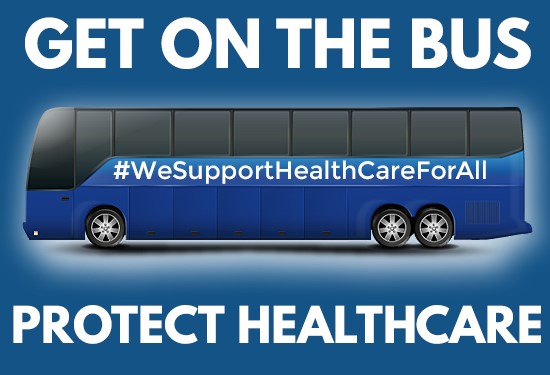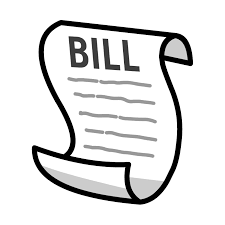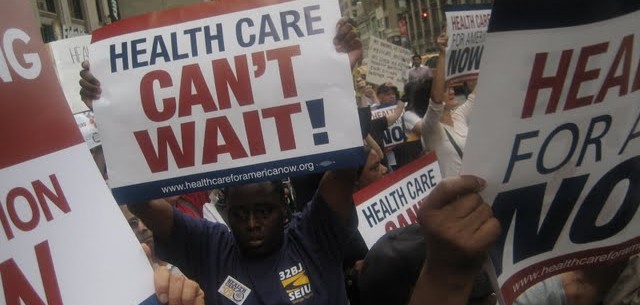For the first time ever, the New York State Senate Health Committee is holding an official hearing on the “New York Health Act” (NYHA), a bill to create a fully-public universal health care program covering all New York residents. The hearing will be held on Tuesday, May 28th starting at 10 a.m. in Hearing Room A of the Legislative Office Building in Albany, and will be joint with the Assembly Health Committee. The Committees chairs are encouraging all groups and entities with statewide scope to present testimony on the bill. Official information on this hearing can be found here.

Advocates for universal health care are mobilizing to turn out for the hearing, bear witness to the proceedings, and show support for this bill. FREE buses and car pools are being organized from across the state. People can learn more and RSVP for travel here. Earlier this decade, the Assembly held hearings around the state on the bill, and many everyday New Yorkers showed up for and testified at them, and they also organized press conferences for local media outlets, Now it is the Senate’s turn in the spotlight.
This hearing represents a signficant political step forward for NYHA and gives it further political and legislative legitimacy. Originally introduced in 1992 by long-time Assembly Health Committee Chair Richard Gottfried, it passed then in the Assembly as a symbolic one-house bill in advance of that fall’s statewide elections. It then languished for over two decades, typically getting voted out of his Health Committee and then not moving forward any further. With a new Assembly Speaker (Carl Heastie) coming to power in 2015, interest in the bill improved greatly because of his support, and it has since passed as a one-house bill in the Assembly every year since. However in the Senate, it was never even taken up and debated in the Health Committee by the former Republican Majority, and was typically sponsored by a Minority Democrat, first Eric Schneiderman, then Bill Perkins, and finally Gustavo Rivera. By the end of the 2018 legislative session, support had grown strongly, and all but one Democratic Senator was co-sponsoring the bill.
With the new balance of power in the Senate this year, prospects for the bill moving forward in the Chamber have increased greatly, particularly since Sen. Rivera is now chairing the Health Committee. So far, 30 Senators are co-sponsoring the bill, and another 2 are needed for a simple majority to be on board. Once that happens, it will be taken seriously by the body and its leaders. This hearing will begin that process, and hopes are that once this year’s legislative session ends in late June, the Committee will “take it on the road” to hold regional hearings across the state during the summer and fall, to hear from everyday people statewide, answer questions about it, and educate local media and the broader public. The strategy is to build up a head of steam heading into next year’s legislative session that will start in January.

The substance of the bill itself has evolved quite a lot since its introduction some 25 years ago, to reflect various changes in health care and coverage that have happened over the years, most notably the State Child Health Insurance program created by Congress in the mid-1990s, and the enactment of the Affordable Care Act (ACA) a decade ago, along with more modest incremental reforms enacted here in New York. The big change in the bill this year has been the inclusion of a new “Long-Term Care Amendment” to provide coverage for people who need nursing home care and/or health and personal care services at home or in the community. This new provision has generated much excitement and support in the senior citizen and disability rights communities, as well as from long-term care workers and informal family caregivers.
Advocates view this bill as a template to work from to craft the best possible legislation that can pass through both houses of the Legislature and be signed by the Governor, a process that often takes a bit of time. Then the state will apply for waivers from the federal government to use the many current health care funding streams from it that come to the state to help fund the new program, as allowed under the ACA. Simultaneously, a process will begin here to craft all the necessary rules and regulations, followed by a transition process to phase-in the new system, hopefully by the middle of the next decade if not sooner. All that said and done, New York will be a model for the nation on “what’s next for health care”, and continue our proud, decades-long tradition as a “leader state” on health care issues.
